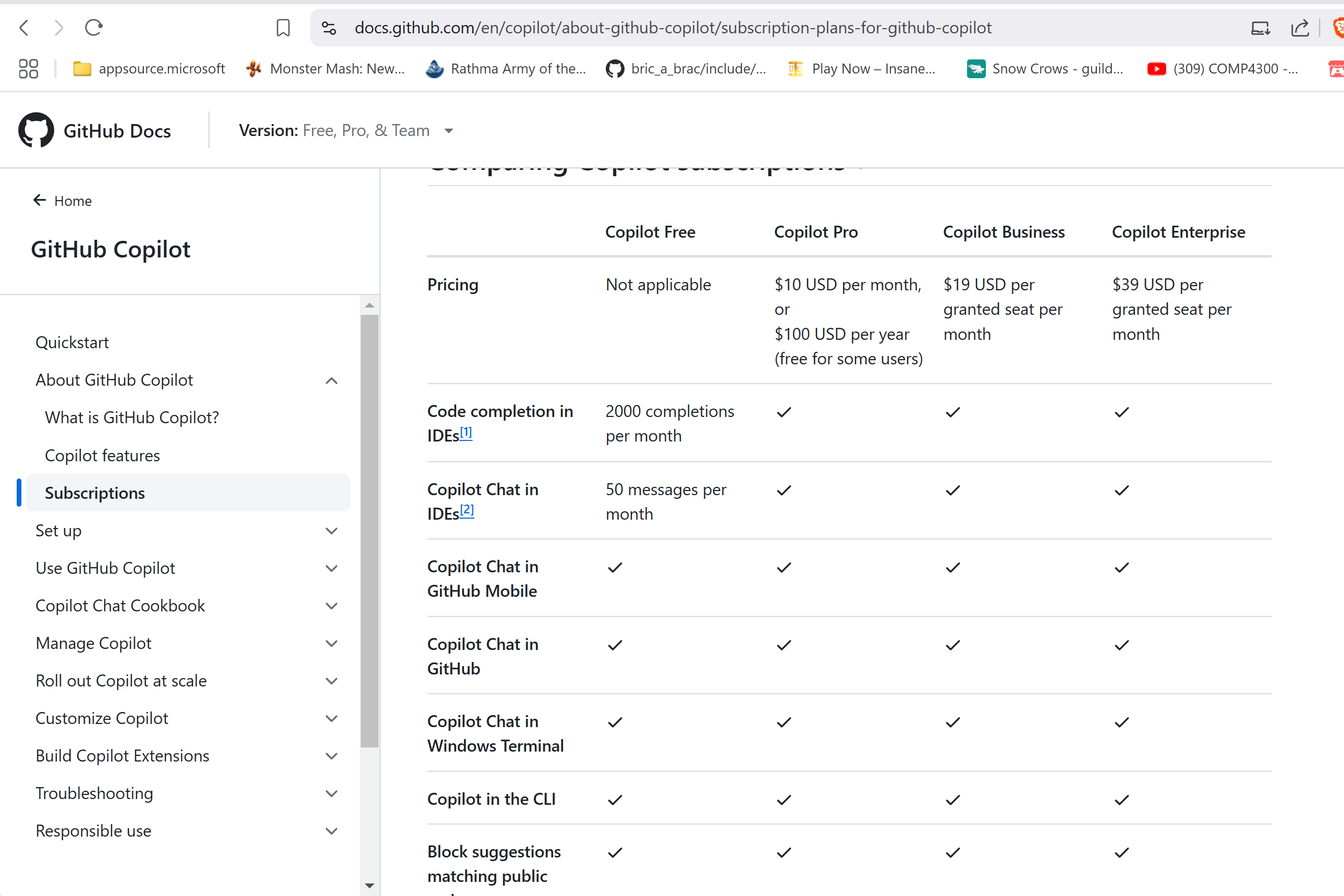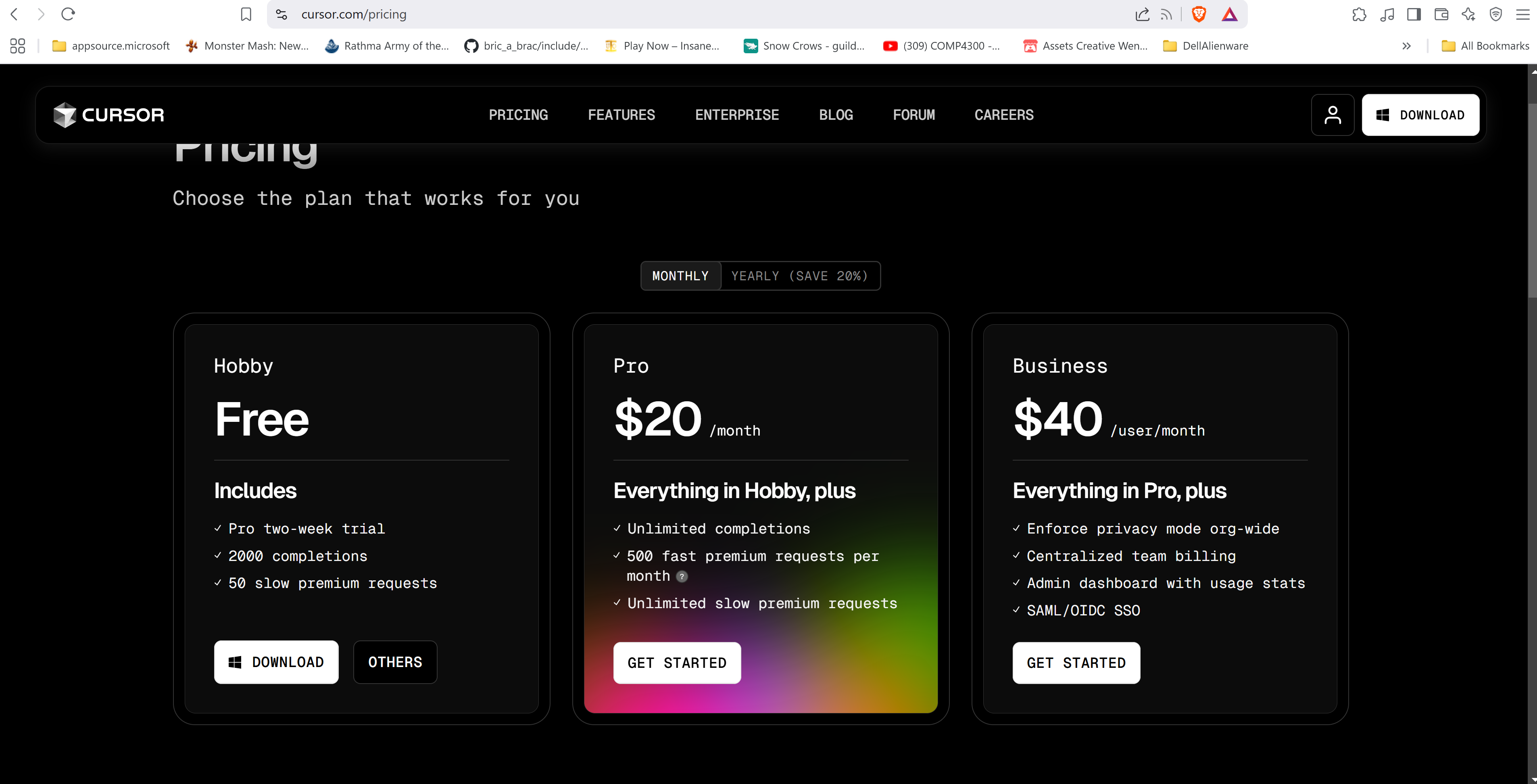As AI coding assistants become increasingly integrated into development workflows, the ability to execute commands directly from within the editor has emerged as a key differentiator. This article explores how VS Code Copilot, Cursor, Windsurf, and Augment Code handle command execution and monitoring, providing insight into their respective approaches to automation, security, and pricing models.
Command Execution Capabilities
Command execution within AI coding assistants represents a significant leap in functionality, allowing developers to run terminal commands, interpret results, and implement follow-up actions—all without leaving their development environment. However, the implementation varies significantly across platforms.
VS Code Copilot
VS Code Copilot currently employs what I call a "suggest and manually execute" approach to command execution. When working with Copilot:
- Copilot can suggest commands to run based on your query
- Commands must be manually executed by the developer
- Results must be manually interpreted and reported back to Copilot
- Copilot cannot directly observe command output

This approach prioritizes security and user control but introduces significant friction in workflows that require multiple command steps.
Cursor
Cursor takes a more integrated approach to command execution:
- Commands can be suggested and executed by Cursor (after user approval)
- Command results are visible to Cursor's AI model
- Analysis of command output happens automatically
- Next steps can be determined based on command results

This functionality creates a more seamless experience, particularly for tasks requiring multiple sequential commands or error analysis.
Windsurf
Windsurf offers similar capabilities to Cursor but with a unique pricing model:
- Commands can be suggested and executed (with user approval)
- Command monitoring is built into the platform
- Each significant AI interaction consumes "Flow Action Credits"
- Credit usage scales with complexity of tasks

This credit-based approach commoditizes AI assistance, potentially introducing cost considerations for teams that heavily utilize command execution features.
Augment Code
Augment Code, a newer entrant to the market, emphasizes code privacy:
- Details of its command execution capabilities are less well-documented
- Promotes a "No AI training, ever" policy
- Offers a range of subscription options for developers and teams
Security and Monitoring
The ability to execute commands comes with security implications that each platform handles differently:
| Feature | VS Code Copilot | Cursor | Windsurf | Augment Code |
|---|---|---|---|---|
| Command Execution | Manual only | Can execute with approval | Can execute with approval | Limited documentation |
| Result Monitoring | None (manual reporting) | Automatic | Automatic | Limited documentation |
| Error Handling | Manual | Automatic | Automatic | Unknown |
| Security Approach | Full user control | User approval required | User approval required | Unknown |
| Internet Access | Not required | Optional | Required (Chat/Write modes) | Unknown |
| User Control Level | High | Configurable | Configurable | Unknown |
| Cost Structure | Subscription-based | Subscription-based | Credit-based on top of subscription | Subscription-based |
| Additional Costs | None | LLM token charges may apply | $10 per 400 Flow Action Credits | None |
| Pricing (Individual) | $10/month | $16/month | $40/month + credits | Contact vendor |
| Pricing (Teams) | $19/user/month | $23/user/month | $60/month + credits | Contact vendor |
| Code Privacy | Configurable | Configurable | Configurable | "No AI training, ever" |
This comparison highlights the different approaches these tools take to command execution, monitoring, and pricing models. While Cursor and Windsurf both offer advanced execution capabilities, their pricing models differ significantly. Cursor may incur additional costs for LLM token usage in some cases. Augment Code emphasizes code privacy with its "No AI training" policy, which may be a deciding factor for some organizations.
Cost Consideration: As of March 2025, even after subscribing to Windsurf Pro Ultimate ($60/month), users are charged $10 for every 400 Flow Action Credits. This credit-based model commoditizes AI agent interactions and may significantly impact the total cost of ownership for teams that heavily utilize AI assistance.

Future Plans and Next Steps
Based on this evaluation, I'll be implementing these tools in my workflow as follows:
- Primary Development: I'll use Cursor for my main projects and carefully evaluate its performance after depleting my premium tokens to assess any potential slowdowns or limitations in the pro tier.
- Further Exploration: I will think about considering analyzing Augment Code IDE to better understand its capabilities.
- Cost Management: I'll review Windsurf's pricing structure again in the future but am considering gradually phasing out my usage due to the unpredictable costs associated with its credit-based model.
This staged approach will allow me to optimize my development environment while managing costs and maintaining productivity.
Impact on Developer Workflow
VS Code Copilot Workflow
With VS Code Copilot:
- Developer asks for a solution requiring command execution
- Copilot suggests commands
- Developer must manually execute each command
- Developer must interpret command results
- Developer must report back to Copilot about success/failure
- Copilot suggests next steps

Cursor Workflow
With Cursor (in appropriate mode):
- Developer asks for a solution requiring command execution
- Cursor suggests commands
- Cursor can execute commands
- Cursor monitors command results
- Cursor analyzes success/failure
- Cursor suggests next steps automatically
Windsurf Workflow
With Windsurf:
- Developer asks for a solution requiring command execution
- Windsurf suggests commands and can execute them
- Windsurf monitors command results and can analyze them
- Each significant AI interaction consumes Flow Action Credits
- Developers must be conscious of credit usage during complex tasks
While Windsurf offers powerful capabilities, the credit-based system introduces a usage cost consideration that doesn't exist with flat-rate subscription models.

Recommendations and Conclusion
Based on our comparative evaluation, we offer the following recommendations:
- For command-heavy workflows: Consider Cursor for its ability to execute and monitor commands with straightforward pricing
- For security-sensitive environments: VS Code Copilot's manual approach may be preferable as it ensures human review of all commands
- For budget-sensitive teams: Carefully evaluate Windsurf's credit-based pricing model, especially if you anticipate heavy AI usage
- For privacy-focused teams: Augment Code's "No AI training, ever" policy may be attractive if you're concerned about your code being used to train AI models
- For team adoption: Understand that different tools require learning different modes to fully leverage their capabilities
- For complex projects: Tools with result monitoring can significantly reduce debugging time, but some may incur additional costs for extensive usage
Final Assessment: While VS Code Copilot offers excellent code assistance, its limitation in command execution monitoring represents a significant workflow barrier. Cursor provides a balanced approach with advanced capabilities and straightforward pricing. Windsurf offers similar technical capabilities but with a credit-based pricing model that requires careful consideration for teams that will heavily utilize AI assistance. Augment Code emphasizes privacy with its "No AI training, ever" policy, though its command execution capabilities require further evaluation.
Conclusion
VS Code Copilot, Cursor, Windsurf, and Augment Code represent different approaches to AI-assisted coding, each with distinct strengths and considerations. VS Code Copilot prioritizes user control and security through manual execution. Cursor offers an integrated experience with local command execution and result monitoring on a predictable subscription model. Windsurf provides advanced capabilities but with a credit-based system that charges for AI interactions beyond the subscription fee. Augment Code focuses on privacy with its "No AI training" policy and subscription model.
The choice between these tools should be guided by your specific workflow needs, security requirements, budget constraints, and team preferences. While technical capabilities are important, pricing models can significantly impact the total cost of ownership, especially for teams that rely heavily on AI assistance.
As these AI coding assistants continue to evolve, we expect to see further refinements in their command execution capabilities and pricing models. The ideal solution may ultimately be one that balances advanced capabilities, security, and predictable costs.
Report completed on March 29, 2025